1. Folding Plastic Grocery Bags Neatly
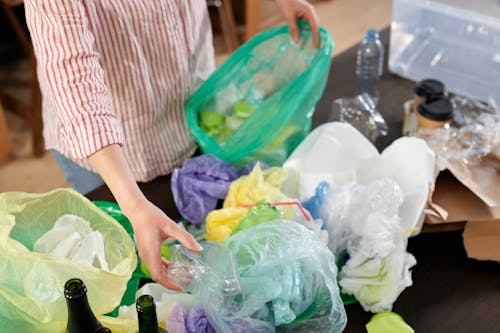
You might think this is just tidiness, but it’s actually a quiet performance of resourcefulness rooted in earlier generations’ frugality. In the 1970s and ’80s, reusing bags wasn’t an eco-friendly trend — it was a way to save money and avoid waste. Parents and grandparents passed down techniques for folding and storing them compactly, often as part of household “training.” Over time, it became less about necessity and more about signaling that you know how to “run a home properly.”
Today, many younger people skip this ritual entirely, relying on reusable totes or simply recycling bags. Yet when you see someone folding bags with origami precision, it’s often a subtle nod to their upbringing. It can be a comfort, a way of keeping family rhythms alive, even if there’s no practical need. In that sense, it’s less about storage space and more about preserving a sense of continuity.
2. Ironing Sheets and Pillowcases
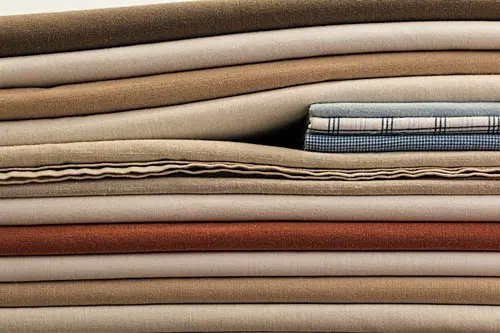
Ironing bedding once had a real purpose: killing dust mites and smoothing out the fabric before wrinkle-free materials existed. In mid-20th-century households, it was a mark of domestic pride to present crisp, smooth sheets to guests or family. This wasn’t just about comfort — it was part of a homemaker’s “standards,” especially in communities where presentation equaled respectability. The ironed bed was a subtle way to say, “We take care of things here.”
Today’s fabrics and laundry technology make ironing bedding almost entirely unnecessary. Still, some people cling to the habit as a symbol of care and refinement. It’s a performance in the sense that the actual function has faded, but the gesture keeps the old ideal alive. It’s like keeping up with a family tradition that’s invisible until someone notices the perfection.
3. Keeping a “Guest Towel” No One Is Allowed to Use

The decorative towel hanging in the bathroom that no one dares touch is more than just a quirky rule. Historically, this practice came from the idea of saving your “best” things for company to show respect and hospitality. In many households, it was also a class marker, suggesting you had a little extra to set aside for special occasions. Even if those guests never actually used the towel, the display alone did the job.
Nowadays, you might find one of these towels perfectly embroidered and untouched in a perfectly normal apartment. It’s more about performing preparedness than actual utility. The towel’s very uselessness is the point — it’s there to make an impression, not to dry hands. It’s a small domestic theatre production, staged daily in your bathroom.
4. Displaying Fancy China That Rarely Gets Used
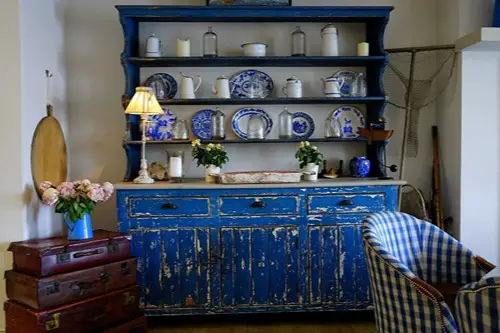
Owning a china cabinet was once a middle-class milestone, signaling stability and taste. The dishes were often wedding gifts, reserved for holidays or formal meals, and never risked in everyday dining. This “saving for special” mindset reflected a scarcity-era habit of protecting valuable possessions for as long as possible. The china set became a family heirloom, and using it casually would have felt almost reckless.
In many modern homes, the china is still displayed but almost never touched. It’s less about practical dining and more about curating an image of elegance or heritage. Even if you never serve tea from those cups, their presence performs a kind of refinement. They’re props in the ongoing play of “proper homekeeping.”
5. Making the Bed Every Single Morning
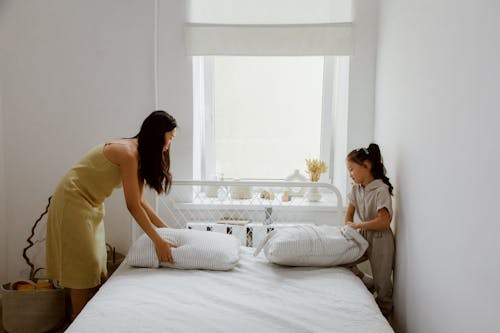
This isn’t just about tidiness — it’s about discipline, presentation, and starting the day “the right way.” For many older generations, making the bed was a non-negotiable chore taught from childhood, tied to the idea of order reflecting character. In military households, it could even be a point of pride, with perfect corners showing attention to detail. The unspoken message was that a made bed meant a well-managed life.
Plenty of people today see making the bed as optional, especially if they live alone. But for others, skipping it feels almost morally wrong, as if the home isn’t truly “ready” until it’s done. The act becomes a daily performance of control, even when no one else will see it. It’s a private ritual with a public origin.
6. Stocking a Linen Closet Like a Store Display

A perfectly folded, color-coded linen closet looks like pure efficiency, but it also carries a long history. In the past, having extra linens ready was a sign of prosperity and preparedness — you could afford backups for guests and emergencies. Women in mid-century domestic guides were often instructed to maintain neat, plentiful shelves as part of their household “reputation.” A well-stocked linen closet wasn’t just convenient; it was a form of social proof.
Today, minimalism and smaller living spaces mean many people only keep the essentials. Yet some still maintain those stacked, scented piles as if expecting a surprise inspection. The display suggests a level of domestic mastery that goes beyond function. It’s a little like having a home “set” that’s always camera-ready.
7. Keeping a Decorative Bowl of Fruit (Real or Fake)
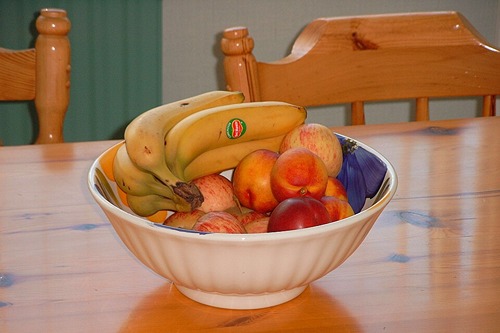
A centerpiece bowl of perfect fruit dates back to a time when fresh produce was a luxury and a sign of abundance. In Victorian homes, displaying fruit — real or wax — was a subtle flex of wealth and good taste. The tradition stuck, even after grocery stores made fruit widely available. Over time, it became more about aesthetics than actual snacking.
Today, you might walk into a home and see a flawless pile of plastic grapes or shiny apples that no one eats. The point isn’t consumption — it’s the image of hospitality and wholesomeness. It’s an echo of a past when such a display was a rare treat. Even the dust that gathers on fake fruit feels like part of the long-running performance.
8. Cooking for Twice as Many People as You Have

For many families, cooking extra food is a habit inherited from times when visitors were common and sharing meals was a community norm. In rural areas and immigrant households, there was also an unspoken rule: no one leaves your table hungry. This meant always having more than enough, just in case. It wasn’t wasteful in context — leftovers were expected.
Today, with smaller households and fewer drop-in guests, the habit can seem excessive. But for those who keep it, cooking big is a way of performing abundance and generosity. The extra food says, “We could feed an army if we had to.” Even if it’s just you and Netflix, the table still gets set for company.
9. Saving and Reusing Glass Jars

Keeping every jam jar and pasta sauce container might feel quirky, but it’s rooted in old-school thriftiness. Before recycling programs, reusing containers was one of the few ways to stretch household resources. Glass jars could hold leftovers, nails, buttons, or even become makeshift vases. In many households, this wasn’t a choice — it was a standard practice.
Nowadays, plenty of people buy matching storage sets instead. Still, some of us can’t resist washing and stashing every decent jar “just in case.” The habit now functions as a nod to sustainability or nostalgia, but it’s also a performance of resourcefulness. It says, “I don’t waste,” even when the cupboard is overflowing.
10. Airing Out the House Every Morning
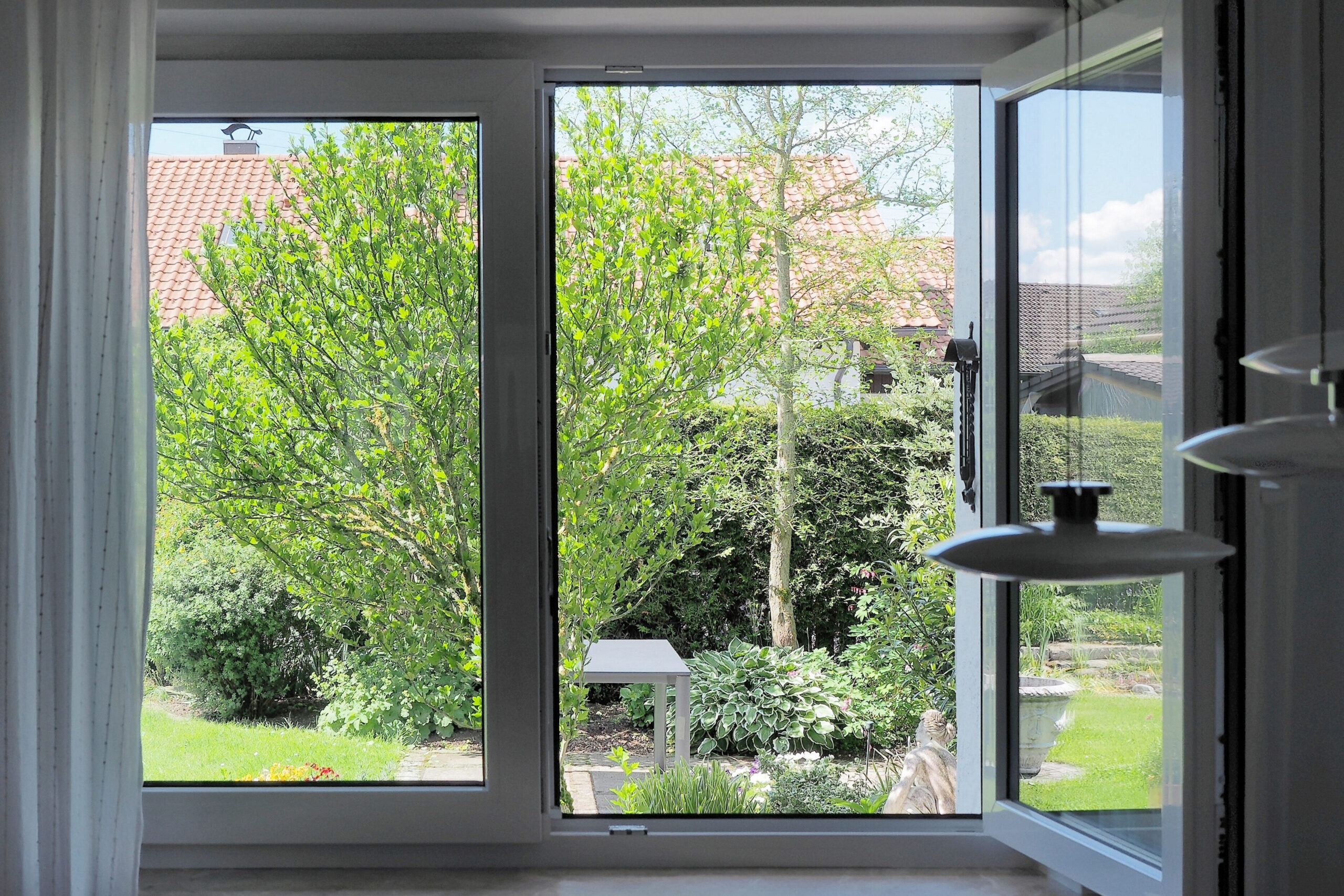
Opening all the windows for a burst of fresh air was once considered essential for health. Before air conditioning and modern ventilation, this was how people cleared out overnight stuffiness and reduced the spread of illness. In some cultures, morning airing was a non-negotiable part of domestic care. It symbolized a clean start to the day, physically and spiritually.
With modern HVAC systems, daily airing is less about necessity and more about ritual. Some people still do it religiously, even in winter, because it feels “right.” It’s a small performance of traditional housekeeping values — one that connects you to past generations. The draft is almost beside the point.
11. Wrapping Furniture in Plastic Covers
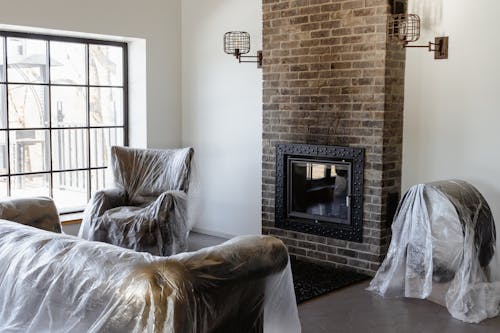
This mid-20th-century habit was about preserving your “good” furniture for as long as possible. For working-class families, a new sofa was a major investment, so keeping it spotless was a matter of pride. Plastic covers protected against spills, dust, and kids — at the cost of comfort. Guests would often only see the furniture uncovered during special occasions.
Today, plastic-covered couches are rare, but the idea survives in other forms, like rarely used “formal” rooms. It’s a performance of preservation, as if the furniture’s real life hasn’t started yet. The covers themselves became a kind of status symbol — proof that you had something worth protecting. It’s domestic theater with a clear backstage.
12. Hanging Laundry Outdoors Even When You Have a Dryer
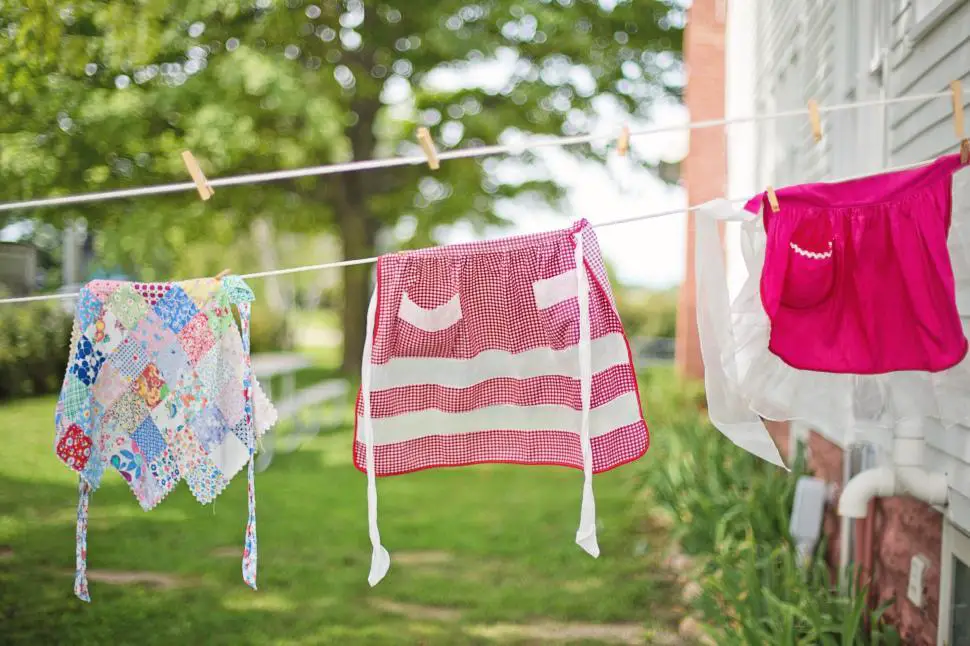
Before electric dryers were common, line-drying was the only option. In many communities, seeing fresh laundry on the line was a sign of a well-run home and a hard-working household. It was also free, efficient, and part of the daily rhythm. Neighbors could literally see your domestic output blowing in the breeze.
Now, many people with dryers still choose to hang laundry outside for reasons beyond cost. It’s about the scent, the tradition, and the satisfaction of a chore done “the old way.” The sight of clotheslines is both practical and performative — it broadcasts a connection to simpler living. Even if it takes more effort, the act itself feels like heritage in motion.
This post 12 Domestic Habits That Feel Normal — But Are Actually Generational Performances was first published on Greenhouse Black.
